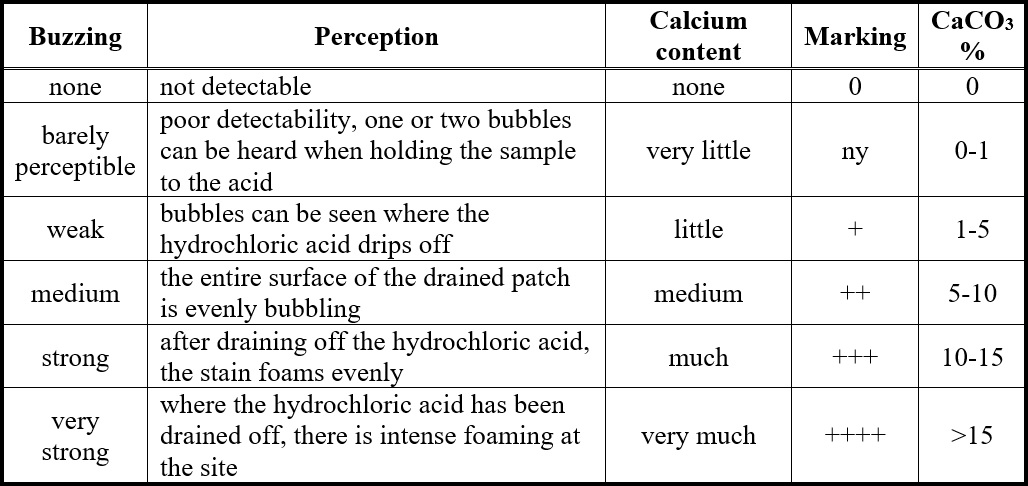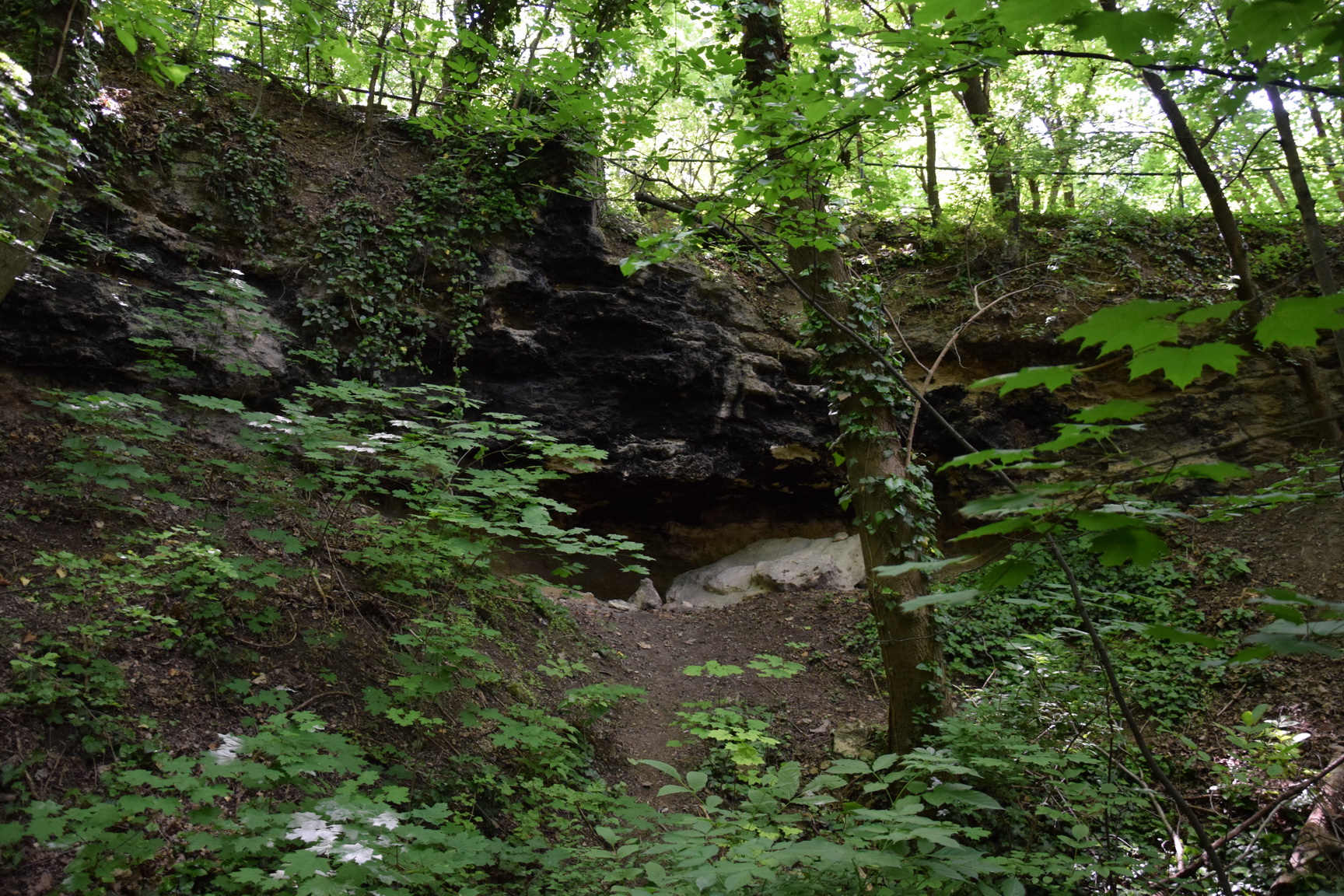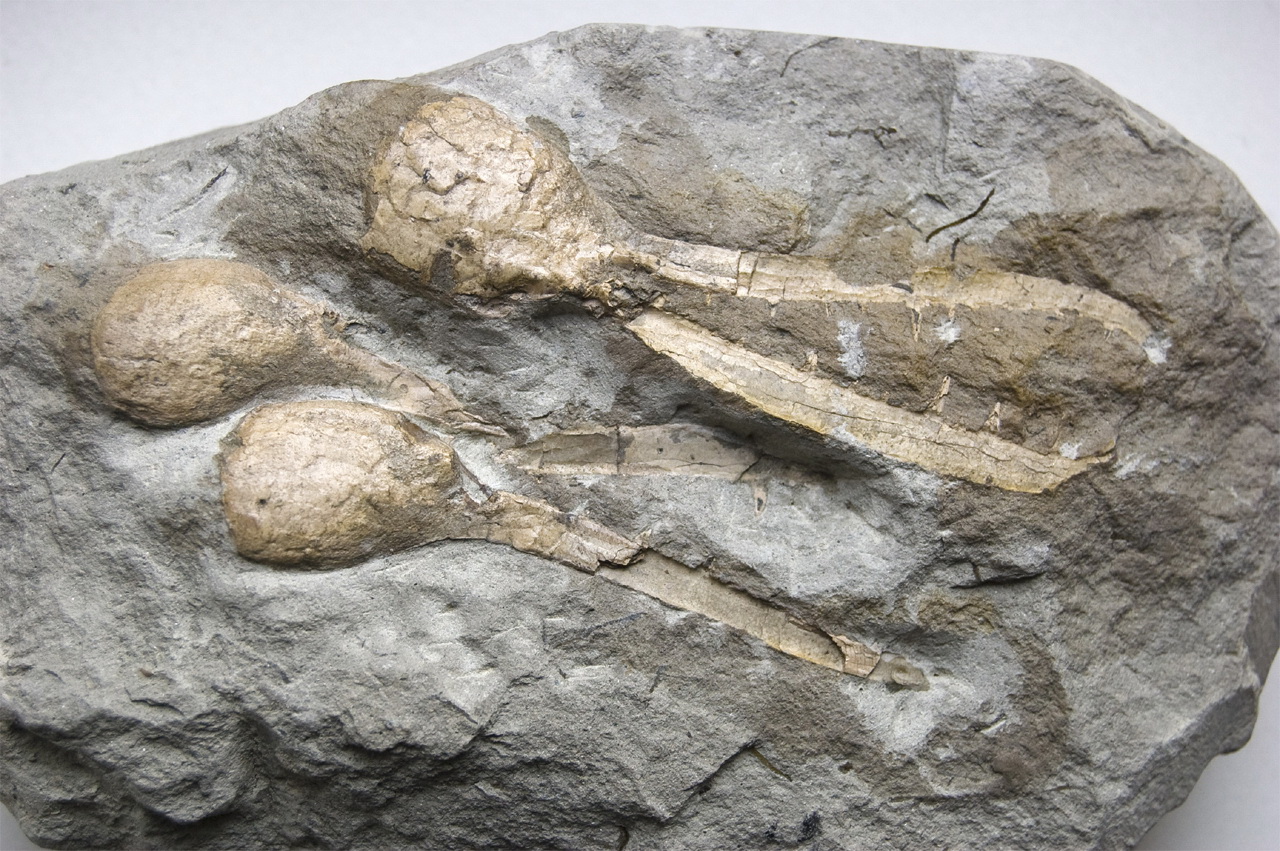Kiscelli clay demonstration site
General knowledge
Clay itself is often formed by the weathering of sedimentary rock, feldspar or feldspar-bearing rock. Clay is defined as sediments with a grain size of less than 0,002 mm. In a basically karstic area, the calcareousness of clayey soils is determined by the intensity of the effervescence caused by the hydrochloric acid dripping on them. The method of measurement used is that described in the following table:

In the next picture, you can see the station itself in this state, with the black shade of the clay due to human influence, not natural. Because of its location, it was a favoured place to build a firepit underneath, providing shelter from the rain. Its natural colour is yellow, but this is only the result of oxidation processes due to its exposure.

Its natural colour is the bluish grey shade shown in the following picture:

The clay in the picture comes from the Kiscelli plateau area and contains the fossil of a crab. To view the source clik on the image here.


